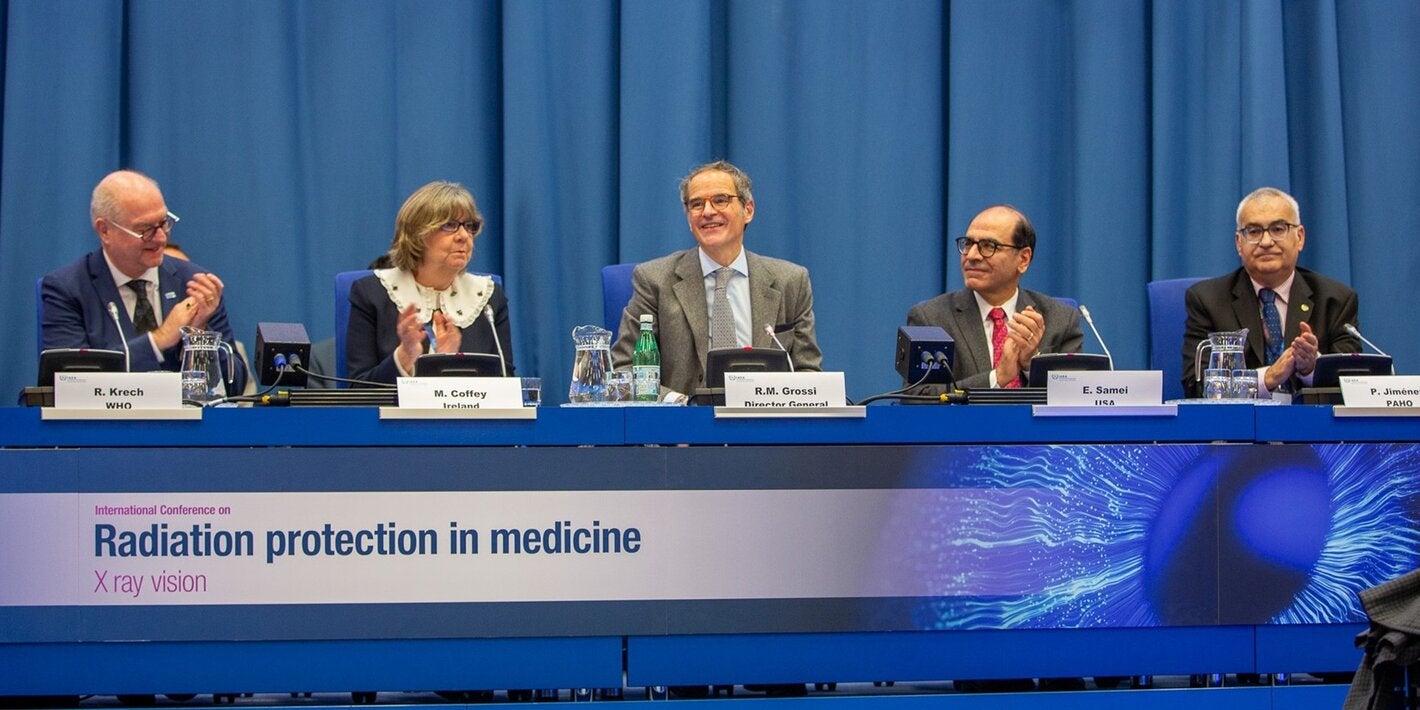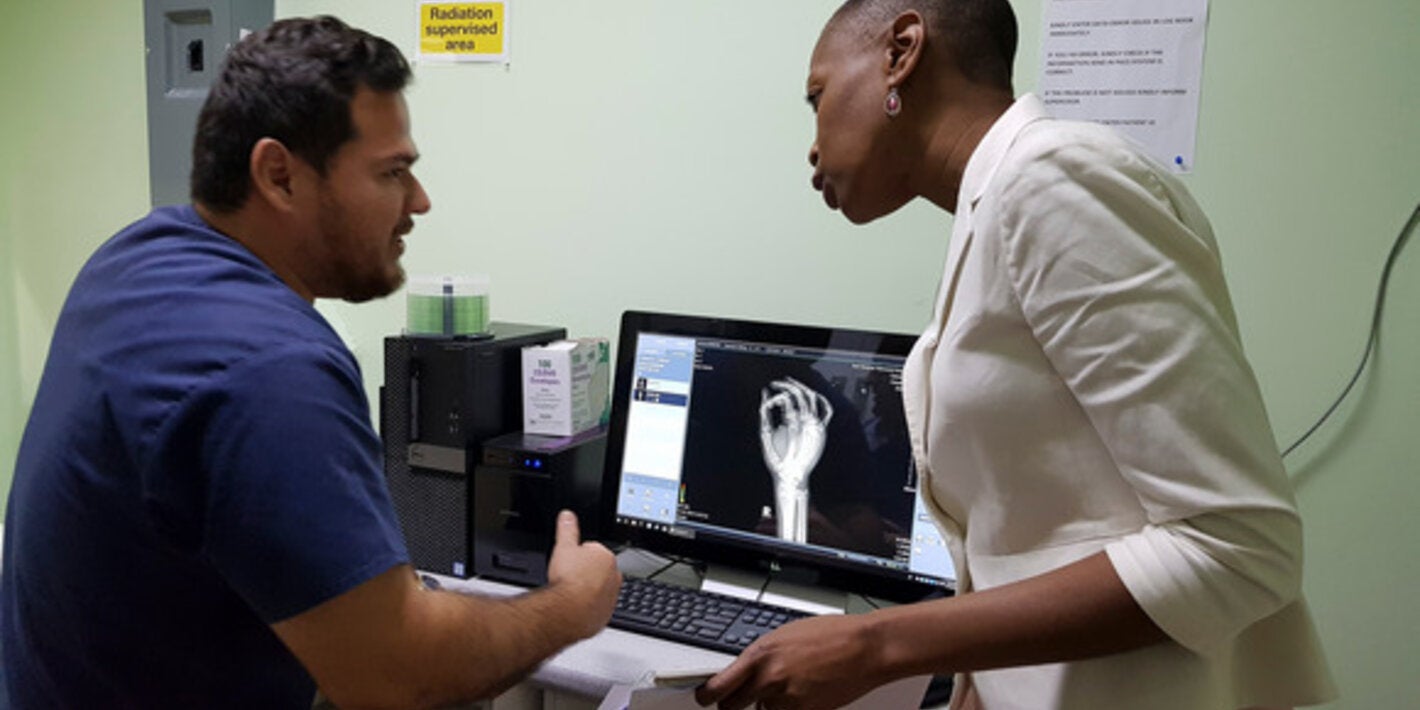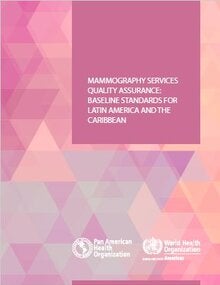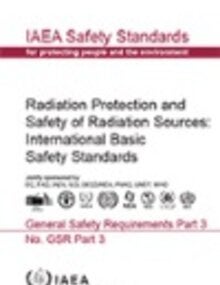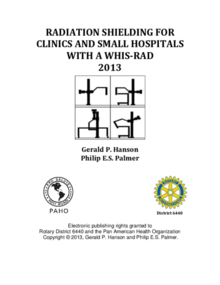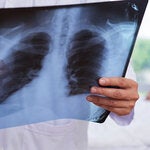Radiation and radioactive substances have many beneficial applications, ranging from power generation to uses in medicine, industry and agriculture. The radiation risks to workers and the public and to the environment that may arise from these applications have to be assessed and, if necessary, controlled.
Activities such as the medical uses of radiation, the operation of nuclear installations, the production, transport and use of radioactive material, and the management of radioactive waste must therefore be subject to standards of safety.
A global nuclear safety regime is in place and is being continuously improved. The International Atomic Energy agency (IAEA) safety standards, which support the implementation of binding international instruments and national safety infrastructures, are a cornerstone of this global regime.
- Radioactivity is a natural phenomenon and natural sources of radiation are characteristic of the environment.
- Radiation and radioactive materials can also be man made and have applications in medicine, industry, agriculture and livestock, and research, as well as in nuclear power generation.
- Radiation risks to human health and to the environment from the use of radiation and radioactive materials should be evaluated and controlled through the application of adequate safety standards.
- Radiation applications, both in medicine and for other uses, have continued to increase considerably not only around the world but also in the Region of the Americas; similarly, the average dose of radiation that the population receives has increased.
The first version of the International Basic Safety Standards for Protection against Ionizing Radiation and for the Safety of Radiation Sources was published in 1962, and in 1967, 1982, and 1996 updates were published.
PAHO has actively participated in the review and revision process of the latest version of the standards in collaboration with other agencies. During this review and revision period, more than 60 meetings were held, among them the meetings of the Standards Secretariat, sessions and regional workshops organized by the interested agencies with a view to receiving observations from the Member States and from the groups of experts. Specific technical meetings were also convened for more complex or new matters.


